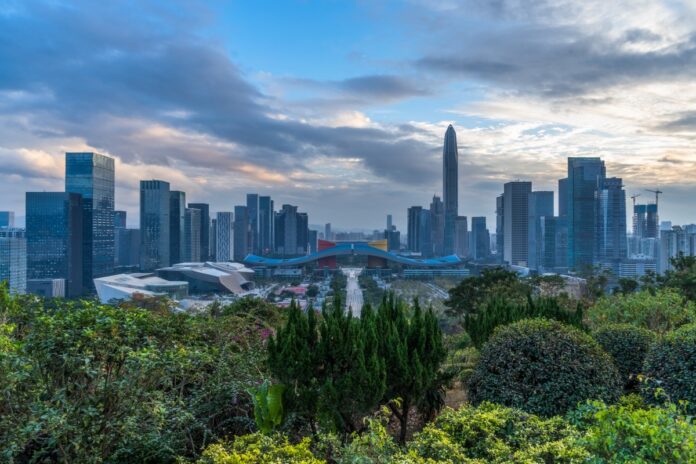The company’s founder said the US embargo would cost it $30 billion as its Wi-Fi 6 device won the Best of Show Award at Interop in Japan.
The founder, Ren Zhengfei, briefed a group of journalists in Shenzhen (pictured), where the company has its headquarters, yesterday.
Despite the hefty drop in revenues, Huawei still expects to surpass $100 billion in sales this year. Last year Ericsson’s total sales were about 20% of Huawei’s at $22 billion.
Looking closer to home
Ren said in the briefing, “We cannot get components supply, cannot participate in many international organisations, cannot work closely with many universities, cannot use anything with US components, and cannot even establish connection with networks that use such components.”
The US embargo is pushing Huawei to develop and use more locally sourced hardware and software – including its own chips and its Hongmeng operating system since Alphabet pulled the plug on its access to future versions of Android to comply with the embargo.
This splintering of mobile operating systems and protectionism could have huge implications for the global telecoms industry.
Claims first commercial Wi-Fi 6
Meanwhile, in Japan, Huawei’s AirEngine Wi-Fi 6 AP7060DN won the Grand Prize for Best of Show Award at Interop Tokyo 2019.
Huawei said it is the first commercial Wi-Fi product, with “ultra-large bandwidth, ultra-high capacity, ultra-low latency, and flexible IoT expansion”.
Wi-Fi 6 (802.11ax) offers four times the bandwidth of Wi-Fi 5 to support four times as many users simultaneously. The Tolly Group verified the device provides 3Gbps or more single-radio throughput and can support thousands of users.
AirEngine Wi-Fi 6 AP7060DN uses Huawei’s 5G smart antennas and optimisation algorithms. Wi-Fi 6 will be key to supplementing indoor coverage for 5G.


